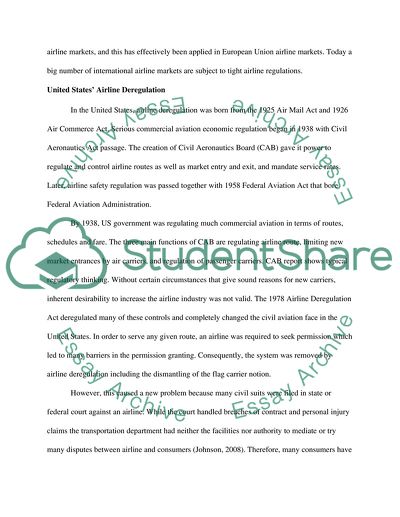Cite this document
(“The History of Deregulation of Aviation in the Airline Industry Research Paper”, n.d.)
The History of Deregulation of Aviation in the Airline Industry Research Paper. Retrieved from https://studentshare.org/history/1752526-the-historycauses-of-deregulation-of-aviation-in-the-commercial-airline-industry
The History of Deregulation of Aviation in the Airline Industry Research Paper. Retrieved from https://studentshare.org/history/1752526-the-historycauses-of-deregulation-of-aviation-in-the-commercial-airline-industry
(The History of Deregulation of Aviation in the Airline Industry Research Paper)
The History of Deregulation of Aviation in the Airline Industry Research Paper. https://studentshare.org/history/1752526-the-historycauses-of-deregulation-of-aviation-in-the-commercial-airline-industry.
The History of Deregulation of Aviation in the Airline Industry Research Paper. https://studentshare.org/history/1752526-the-historycauses-of-deregulation-of-aviation-in-the-commercial-airline-industry.
“The History of Deregulation of Aviation in the Airline Industry Research Paper”, n.d. https://studentshare.org/history/1752526-the-historycauses-of-deregulation-of-aviation-in-the-commercial-airline-industry.


